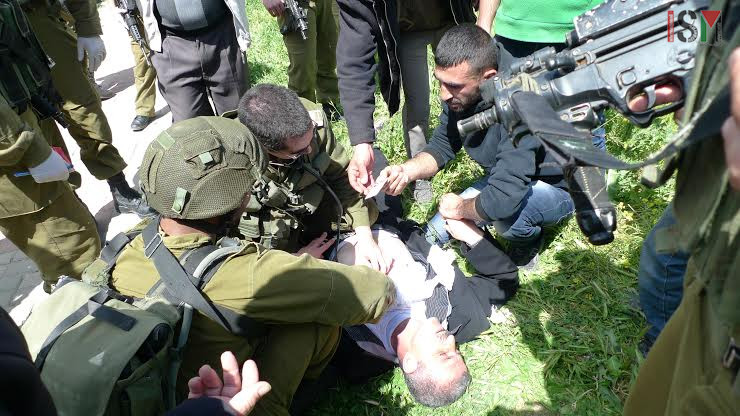Category: Hebron
-
South Hebron Hills – farming under occupation
27th April 2015 | International Solidarity Movement, Team Al Khalil | South Hebron Hills, Occupied Palestine Located in the tip of the West Bank, the South Hebron Hills are dotted with farming and shepherd communities. We are currently in the wheat harvest season and the children are spending their last few weeks at school before…
-
Peaceful tree planting attacked by settlers and soldiers, two hospitalised and one arrested
1st April 2015 | International Solidarity Movement, Khalil Team | Hebron, Occupied Palestine On March 31st around 40 Palestinian children and adults gathered in Hebron near Qurtuba school, a Palestinian school in the H2 neighbourhood of Tel Rumeida, to plant trees in commemoration of Palestine’s Land Day. Israeli extremist settlers from the illegal settlements in Al-Khalil (Hebron) attacked…
-
Big turn out and high spirits at Wadi Fukin Land Day olive tree planting and protest
31th March 2015 | International Solidarity Movement, al Khalil Team | Wadi Fukin, Occupied Palestine On Monday March 30th about two hundred people commemorated Land Day in the village of Wadi Fukin. The protest, which involved planting olive trees was a response to Israeli theft of village land. After midday prayer around two hundred Palestinians and internationals…



